By Heinz Richter
Photoshop has opened photographic
possibilities that previously were impossible or at least very difficult to
achieve. But a lot of what Photoshop has
to offer, contrary to what many seem to assume, is not available merely at the
push of a button. Anyone who has ever
worked with Photoshop will agree that there is a considerable learning curve;
to master it certainly does not come overnight.
However, one does not need to be afraid of it. Photoshop definitely can be learned to quite
an extend simply by trial and error, although professional instructions will
definitely speed up the learning process.
Opinions about the system are
diverging to quite a degree. Some see it
as nothing more than a means to cover mistakes that occurred during
shooting. While many such mistakes can
definitely be corrected with Photoshop, it is not a panacea to everything that
might possibly go wrong. Just as in the
past, it is definitely advisable to strive to do everything correctly during a
shoot. That, of course, requires a
considerable base knowledge. As a matter
of fact, Photoshop should not al all be considered a means to become a good
photographer without knowing photography as such. Composition, posing, lighting, exposure control,
camera operation…., all are still as important today as they were in the past
and there is little that Photoshop can do to overcome those shortcomings.
Others criticize images
modified with the help of Photoshop as not original photography any longer. A colleague of mine recently claimed that “real”
photographs are only ones that are shown as they come out of the camera. I find that rather short sighted. Even in the past we used retouching and a
variety of darkroom trickery to alter the images as they came off the
negative. It was quite common to alter
the resulting photographs with changes in development, both film and
paper. We used manipulative processes
like solarization, bas relief, posterization and a lot more to create images
that certainly differed substantially from what the lens put on film. Thus I find these criticisms quite out of
place.
The most important part of creating
a photographic image is the end result.
How we arrive at that ultimately is irrelevant.
Following are a number of
images that made extensive use of Photoshop, and while the results certainly
required a lot of work, it was ultimately a lot easier and less time consuming to
create them with the help of Photoshop than what would have been necessary to
come up with similar results during the “good old days.”
This image is from an architectural photography assignment
Studio shoot of a model with similar lighting
Combining the two images rendered a great location shoot
The original image unfortunately is lost. This image is the result of modifying the original and making three identical copies, one of which was right and left reversed and combining them in the manner shown
The three images above were combined to render this unusual result
The two base images were combined with considerable modification into this result
For additional articles
please go to:
FINE ART NUDE PHOTOGRAPHY
FINE ART NUDES – A DIFFERENT
APPROACH

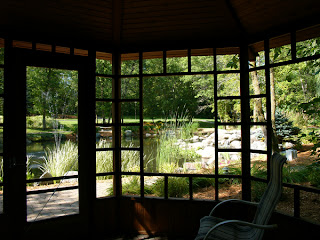
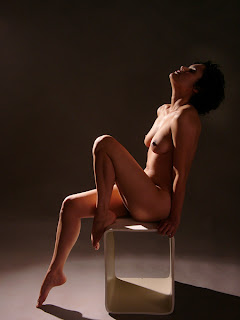
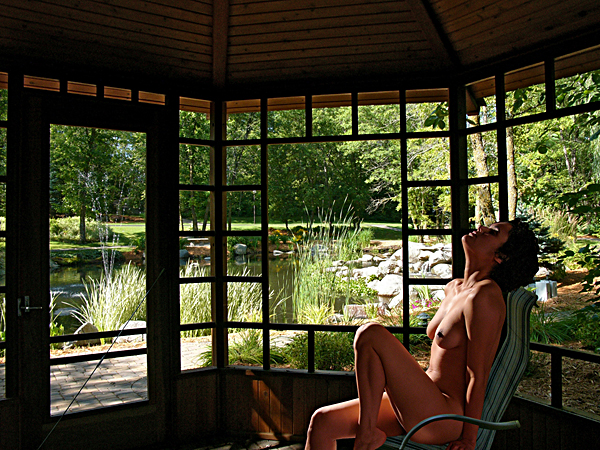




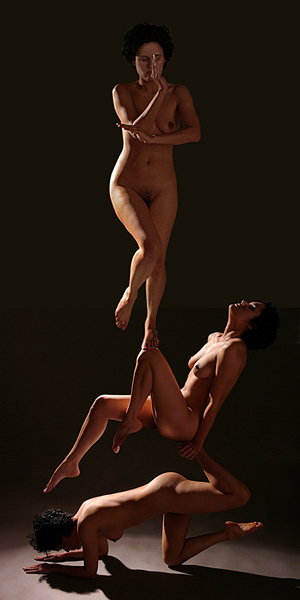
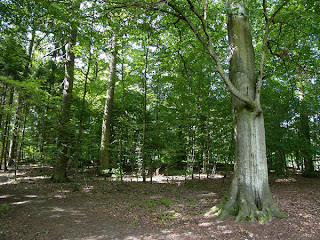

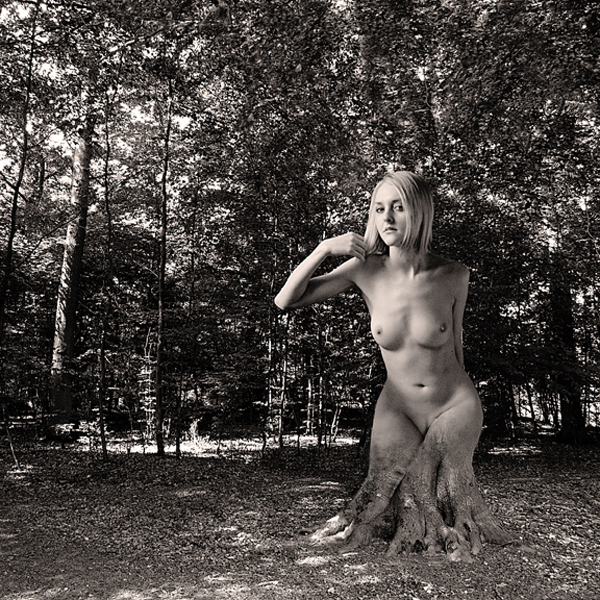
Is the purpose of this blog to show off your own work?
ReplyDeleteYou obviously haven't taken a close look at this blog, otherwise you would realize that your comment is baseless. However, if you feel that the photographic work shown and the articles listed need more variety, please send in some photographs or an article of your own.
Delete